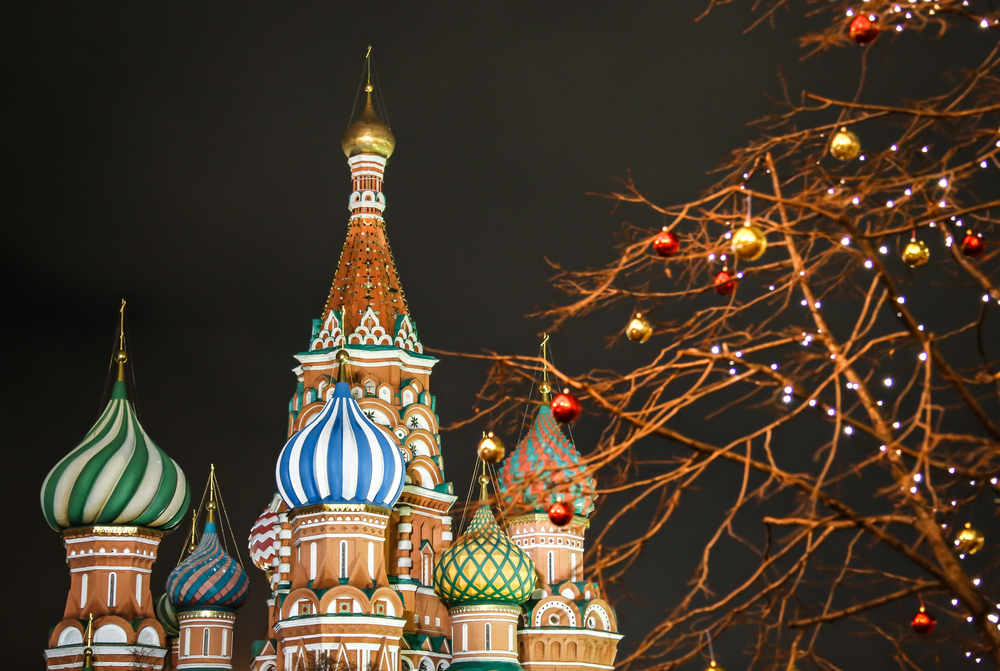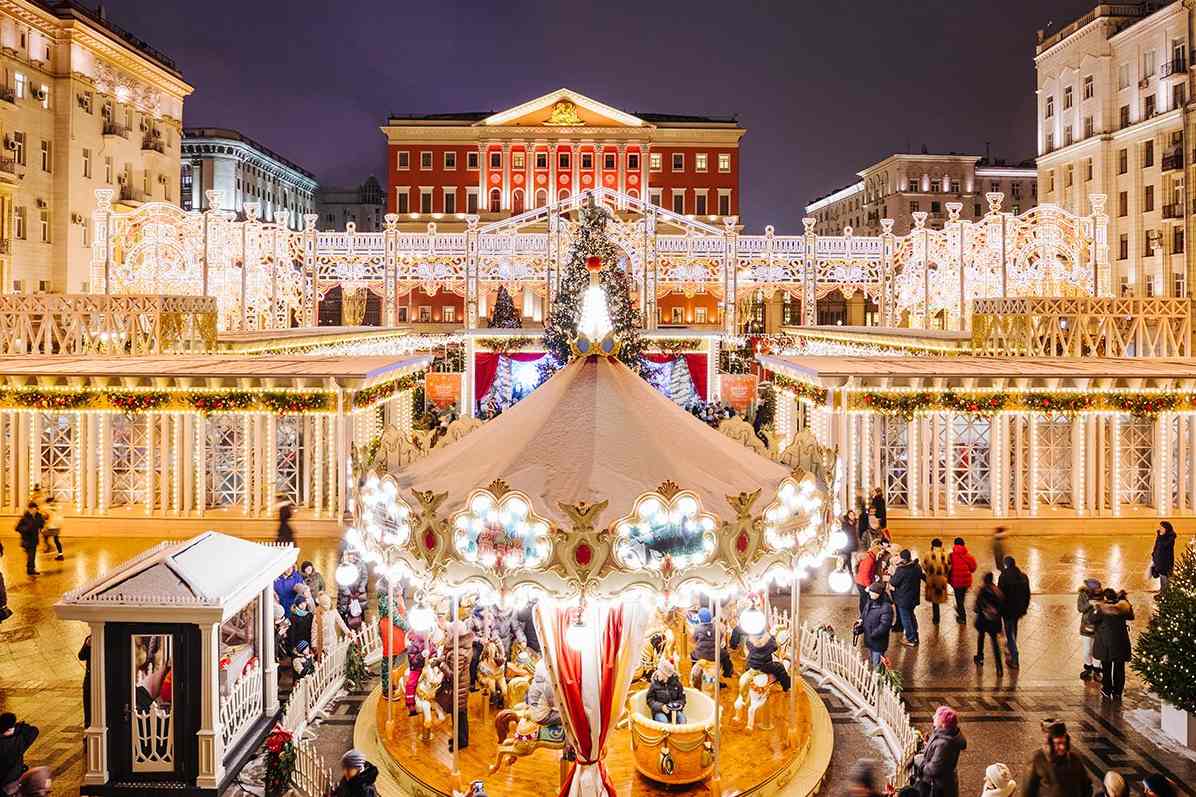
Christmas is a magical time of year, and in Russia, it's a holiday that's steeped in tradition and festive spirit. While Christmas is not as widely celebrated in Russia as New Year's Eve, it's still a significant holiday, especially among the country's Orthodox Christian population. In this article, we'll delve into 10 Russian Christmas traditions that you should know in 2019.
From decorations and food to songs and gifts, we'll explore the unique customs that make a Russian Christmas so special. Whether you're interested in learning more about Russian culture or simply want to add some festive flair to your holiday celebrations, this article is for you.
Russian Christmas traditions are shaped by the country's rich history, cultural heritage, and Orthodox Christian faith. The holiday is celebrated on January 7th, which is according to the Julian calendar, and is a time for family, friends, and feasting. So, let's dive into the top 10 Russian Christmas traditions to know in 2019.
1. Decorating the Home

In Russia, Christmas decorations are a big part of the holiday celebrations. Homes are adorned with traditional decorations such as straw and evergreen branches, which symbolize eternal life and fertility. The Christmas tree, known as "yolka," is also a popular decoration, and is often topped with a star or an angel.
Traditional Russian Christmas Decorations
- Straw and evergreen branches
- Christmas tree (yolka)
- Star or angel tree topper
- Colorful lights and ornaments
2. Cooking Traditional Christmas Foods

Russian Christmas foods are hearty and delicious, and are often made with traditional ingredients such as meat, fish, and vegetables. Some popular Christmas dishes include "beef stroganoff," "borscht," and "pierogi." These dishes are often served with a side of "shashlik," which is a type of skewered meat.
Traditional Russian Christmas Foods
- Beef stroganoff
- Borscht
- Pierogi
- Shashlik
3. Singing Christmas Carols

Singing Christmas carols is a beloved Russian tradition, and is often done around the Christmas tree or at church. Some popular Russian Christmas carols include "Kolyada," "Novogodnyaya," and "Rozhdestvensky."
Traditional Russian Christmas Carols
- Kolyada
- Novogodnyaya
- Rozhdestvensky
4. Exchanging Gifts

Exchanging gifts is a fun and festive part of Russian Christmas traditions. Children often receive gifts from "Ded Moroz," which is the Russian equivalent of Santa Claus. Adults also exchange gifts, often with a focus on practical items such as clothing and household goods.
Traditional Russian Christmas Gifts
- Clothing
- Household goods
- Toys and games
5. Attending Church Services

Attending church services is an important part of Russian Christmas traditions, especially for Orthodox Christians. Midnight Mass is a popular service, and is often followed by a festive dinner and gift-giving.
Traditional Russian Christmas Church Services
- Midnight Mass
- Festive dinner
- Gift-giving
6. Celebrating with Family and Friends

Celebrating with family and friends is a big part of Russian Christmas traditions. Many Russians gather together for festive dinners, games, and activities, and often exchange gifts and well-wishes.
Traditional Russian Christmas Activities
- Festive dinners
- Games and activities
- Gift-giving
- Singing Christmas carols
7. Watching Traditional Christmas Films

Watching traditional Christmas films is a popular activity in Russia, especially among families. Some classic Russian Christmas films include "The Snow Queen" and "Morozko."
Traditional Russian Christmas Films
- The Snow Queen
- Morozko
8. Eating Traditional Christmas Sweets

Eating traditional Christmas sweets is a delicious part of Russian Christmas traditions. Some popular sweets include "pryanik," which is a type of spiced gingerbread, and "vareniki," which are sweet dumplings filled with fruit or jam.
Traditional Russian Christmas Sweets
- Pryanik
- Vareniki
9. Playing Traditional Christmas Games

Playing traditional Christmas games is a fun and festive part of Russian Christmas traditions. Some popular games include " Hide and Seek" and "Blind Man's Bluff."
Traditional Russian Christmas Games
- Hide and Seek
- Blind Man's Bluff
10. Celebrating with a Traditional Christmas Tree

Celebrating with a traditional Christmas tree is a beloved part of Russian Christmas traditions. The tree is often decorated with ornaments, lights, and a star or angel on top.
Traditional Russian Christmas Tree
- Ornaments
- Lights
- Star or angel on top




We hope you've enjoyed learning about these 10 Russian Christmas traditions to know in 2019. Whether you're celebrating with family and friends or simply want to add some festive flair to your holiday celebrations, these traditions are sure to bring joy and cheer to your Christmas season.
What is the main difference between Russian Christmas and Western Christmas?
+Russian Christmas is celebrated on January 7th, which is according to the Julian calendar, whereas Western Christmas is celebrated on December 25th. Additionally, Russian Christmas traditions are heavily influenced by Orthodox Christianity, whereas Western Christmas traditions are more secular.
What is the traditional Russian Christmas meal?
+The traditional Russian Christmas meal includes dishes such as beef stroganoff, borscht, and pierogi. These dishes are often served with a side of shashlik, which is a type of skewered meat.
What is the significance of the Christmas tree in Russian Christmas traditions?
+The Christmas tree, known as "yolka," is a beloved part of Russian Christmas traditions. The tree is often decorated with ornaments, lights, and a star or angel on top, and is seen as a symbol of eternal life and fertility.
:max_bytes(150000):strip_icc()/3152976897_216eb53d04_o-56a3a0613df78cf7727e4329.jpg)
:max_bytes(150000):strip_icc()/russia-christmas-traditions-1502306_Final-5c7ed116c9e77c0001e98f31.png)



:max_bytes(150000):strip_icc()/Ded_moroz_belarus_1-59d551d3845b34001099c086.jpg)





